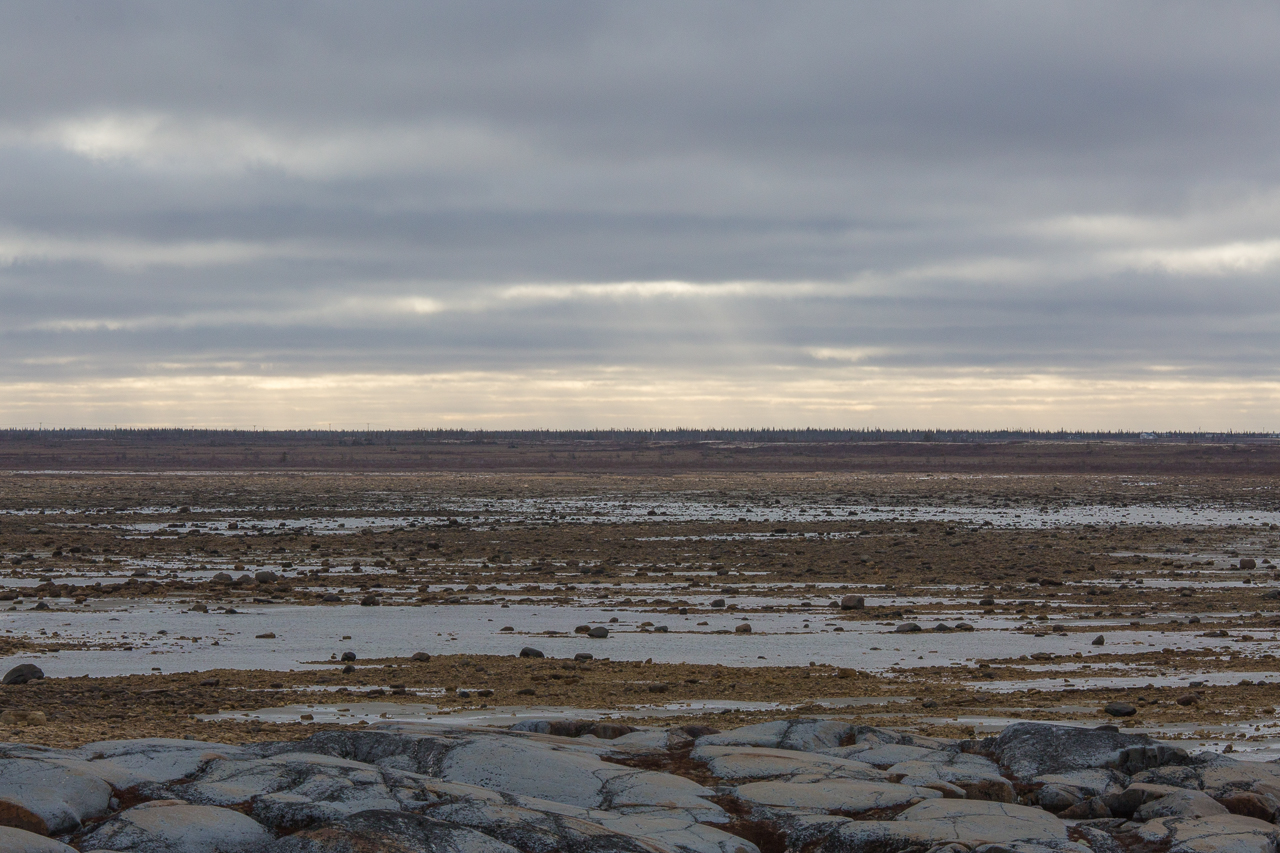The Arctic





















THE ARCTIC - CHURCHILL, CANADA: The Point of No Return. Vast, flat, harsh, desolate, beautiful - as far as the eye can see.
It is well documented that global warning has endangered polar bears, the largest terrestrial carnivores on the planet. Each year, the sea ice on the Hudson Bay melts earlier and forms later, resulting in less time for the bears to hunt. Because of the shrinking ice, the bears are hungrier and skinnier and their survival is challenged. These polar bears act as a crucial indicator of the health of other species including humans, and they are forever tied to the land - the survival of one depends on the survival of the other.
I traveled for two days to an Arctic outpost called Churchill, Canada, which was so remote and freezing and had winds so strong that words fail to define the experience, Even though it was still autumn, snow provided perfect camouflage for the region's most famous inhabitant - polar bears.
Occasionally we saw a bird, such as a snowy owl, and even the elusive Arctic fox. But my main focus remained on the stark scenery and the white behemoths that beguile and enchant the landscape.
Most of us have seen countless images of polar bears; the animals are beloved and easily identifiable. While in the Arctic, I observed the animals play fighting, sleeping and standing - including a mother with her twin cub. I felt the odd sense that my mind's eye was not just witnessing these majestic beasts, but somehow these real-life sights were merging with the collection of images already stored in my memories. I wondered whether the subjects of my photographs would one day be nothing more than memory or dreamscape - whole this land and its extraordinary creates soon exist only on photographs?